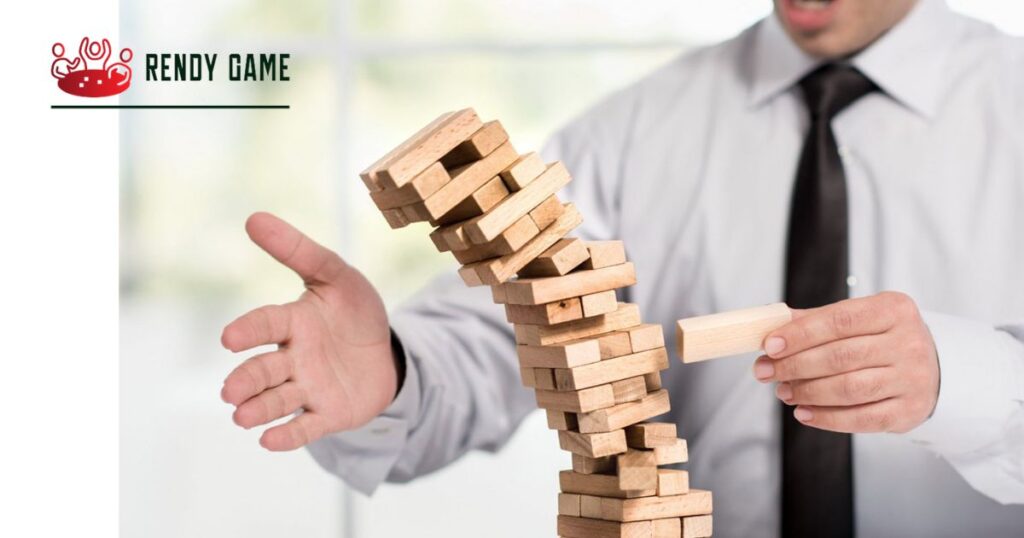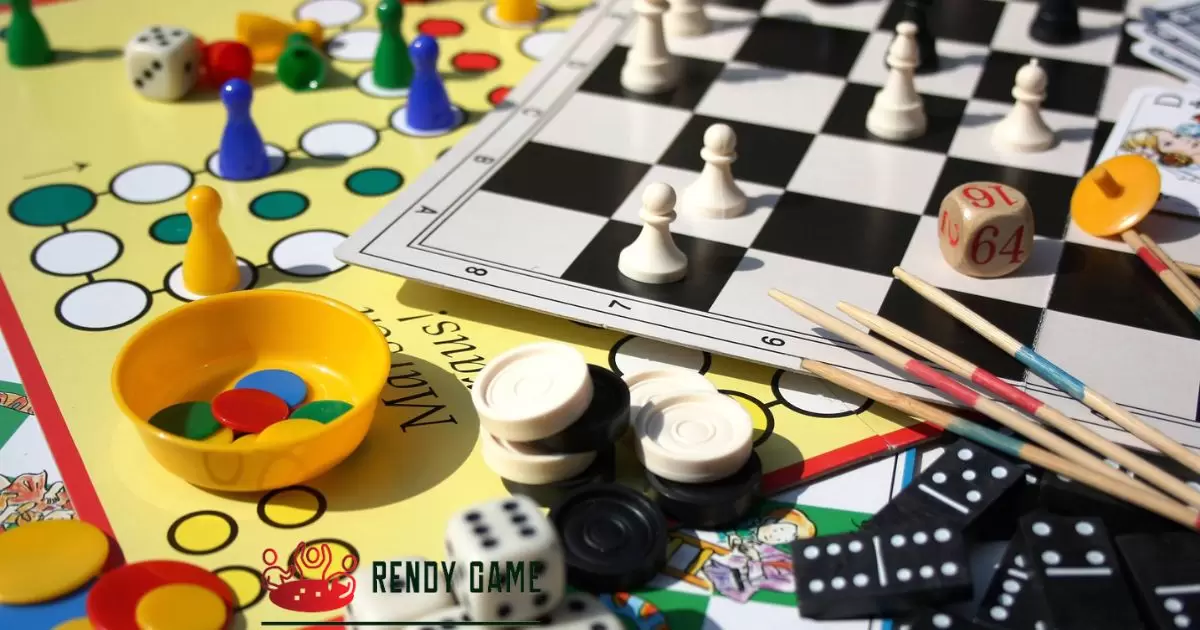Trademarking a board game involves legally protecting the unique elements of the game, such as its name, logo, and design. It is the process of securing exclusive rights to these distinctive features, preventing others from using similar elements that could lead to confusion in the marketplace.
How to trademark a board game is a crucial question for game designers looking to establish and safeguard their intellectual property. The process involves navigating through legal intricacies to ensure comprehensive protection for the game’s identity. Understanding the steps and requirements is essential for creators who want to secure their rights and establish a unique presence in the competitive world of board games.
Trademarking a board game involves submitting an application to the relevant intellectual property office, providing detailed information about the game and its distinctive elements. This includes the name, logo, and any unique design features that contribute to the game’s identity.
Identifying Trademarkable Elements in Your Board Game
When considering trademarking your board game, it’s crucial to identify the elements that can be trademarked. This typically includes the game’s name, logo, and any distinctive design features that set it apart.
Look for aspects that make your board game unique and memorable, these are the trademarkable elements that can provide legal protection. Whether it’s a catchy name, a stylized logo, or a specific visual theme, understanding what sets your board game apart is the first step in the trademarking process.
StepbyStep Guide on Filing a Board Game Trademark
Filing a trademark for your board game involves a systematic process to ensure a smooth and successful application. Start by conducting a thorough search to check the availability of your desired trademark. Once you’ve confirmed its uniqueness, gather all necessary information, including the game’s name, design elements, and any associated logos.
Next, complete the official application form, providing accurate details about your board game. Pay close attention to the filing fees and submit the application to the relevant intellectual property office. Throughout this step by step guide, attention to detail and accuracy is key to navigating the process effectively.
Information Required for a Successful Application
When seeking to trademark a board game, providing accurate and comprehensive information is crucial for a successful application. Start by clearly identifying the elements you wish to trademark, such as the game’s name, logo, and any distinctive design features.
Be prepared to describe these elements in detail, emphasizing what sets them apart from other board games. Ensure you have a well defined specimen that showcases how your trademark is used in the context of the game. Gathering this information beforehand will streamline the application process, increasing the likelihood of a successful outcome.
Common Mistakes to Avoid in Board Game Trademarks

While navigating the trademarking process for board games, it’s essential to be aware of common pitfalls to ensure a smooth application. One frequent mistake is not conducting a thorough search to check for existing trademarks that may conflict with yours.
It’s crucial to avoid generic terms or elements that are too similar to existing trademarks, as this can lead to rejection. Another common error is insufficiently describing the trademarked elements in the application. To prevent delays or refusals, provide clear and accurate descriptions of your board game’s name, logo, and design features.
Legal Considerations in Trademarking Your Board Game
When delving into the realm of trademarking your board game, it’s crucial to navigate the legal landscape with care. Ensure that your game’s elements, such as the name, logo, and design, are distinctive enough to merit protection.
Conduct a thorough search to avoid conflicts with existing trademarks, and be aware of any potential challenges during the application process. Consulting with a legal professional experienced in intellectual property law can provide valuable insights, helping you understand and address any legal considerations that may arise.
Costs and Timelines of Trademarking
Trademarking your board game involves both financial investment and adherence to specific timelines. The costs can vary based on factors such as the jurisdiction and the number of classes your board game falls under. Typically, the process can take several months to a year or more, depending on the complexity and potential challenges.
Understanding the associated costs, which may include filing fees and legal assistance, is crucial for budgeting purposes. Being aware of the timelines involved allows you to plan strategically, ensuring that your board game is legally protected within a reasonable timeframe.
Copyright and Patents for Board Games
Securing intellectual property protection for your board game goes beyond trademarks, copyright and patents are alternative avenues to explore. Copyright protects the original expression of ideas in your game, such as the game’s artwork, written content, and music.
On the other hand, patents can safeguard unique and inventive gameplay mechanics or technological innovations within your board game. Understanding the distinctions between these forms of protection is crucial for comprehensive intellectual property coverage.
Tips for a Smoother Board Game Trademark Application Process
Trademarking your board game involves a systematic approach to ensure a smooth and successful application process. Begin by conducting a comprehensive search to identify existing trademarks that may conflict with your game’s elements.
Provide detailed and accurate information in your application, clearly outlining the distinctive features you seek to protect. Keeping abreast of legal requirements and potential pitfalls is essential hence, consider seeking professional guidance or utilizing online trademark services. Timeliness is also crucial, as delays can affect your protection timeline.
| Tips | Description |
| Conduct a Comprehensive Search | Begin the process by thoroughly searching existing trademarks to identify potential conflicts or similarities. |
| Provide Detailed Information | Ensure your trademark application contains accurate and detailed information about the distinctive elements you wish to protect, including the game’s name, logo, and design features. |
| Seek Professional Guidance | Consider consulting with legal professionals or utilizing online trademark services to navigate the complexities of the application process. |
| Stay Informed About Legal Requirements | Keep abreast of the specific legal requirements for trademark applications to avoid common pitfalls and ensure a smoother process. |
| Be Timely | Time is of the essence in the trademark application process. Promptly submit all required documents and responses to avoid delays in securing your board game trademark. |
Navigating Challenges in Board Game Trademarks
Securing a trademark for your board game isn’t always a straightforward journey. One common challenge is ensuring that your game’s elements meet the criteria for trademark protection. Identifying distinctive features that set your board game apart is crucial, and this process may involve legal nuances.
Navigating potential conflicts with existing trademarks poses another challenge. Conducting thorough searches and addressing any conflicting marks early in the process can help avoid obstacles later on. Patience and attention to detail are key when facing the challenges of board game trademarks, ensuring a smoother path to securing exclusive rights.
Board Games with Trademarking Wins
Several board games stand as shining examples of successful trademarking strategies. Games like Monopoly and Scrabble have not only become household names but also boast strong trademark protection. These successes showcase the importance of a comprehensive trademarking approach that covers names, logos, and distinctive design elements.
The triumphs of these board games demonstrate that effective trademarking not only safeguards intellectual property but also contributes to long term brand recognition and success. Aspiring game designers can draw inspiration from these victories, learning valuable lessons in building a distinctive brand through strategic trademarking.
Future Trends in Trademarks for Board Games
Looking ahead, the landscape of board game trademarks is expected to evolve with emerging trends. As the gaming industry continues to innovate, start a board game company, protecting virtual or augmented reality components within board games may become a new focal point.
The rise of digital board games may introduce novel challenges and opportunities for trademarking. Collaborative and customizable games may redefine traditional notions of what constitutes a trademarkable element.
FAQs
Is trademarking the only way to protect my board game?
While trademarks offer robust protection, consider alternatives like copyrights and patents based on your game’s unique aspects.
What legal considerations should I be aware of in board game trademarks?
Understanding the legal landscape involves navigating potential conflicts, ensuring compliance, and addressing any challenges that may arise.
How long does it take to trademark a board game, and what are the costs involved?
The timeline and costs vary, but having a clear understanding of the application process and associated expenses is crucial for effective planning.
Conclusion
In the exciting world of board games, trademarking plays a vital role in protecting your creative masterpiece. By understanding the basics and identifying trademarkable elements, you can embark on a journey to secure exclusive rights for your game’s name, logo, and distinctive design features.
Navigating challenges, such as potential conflicts and legal nuances, demands attention to detail and patience. Learning from the successes of iconic board games like Monopoly and Scrabble illustrates the long term benefits of a well executed trademarking strategy.

